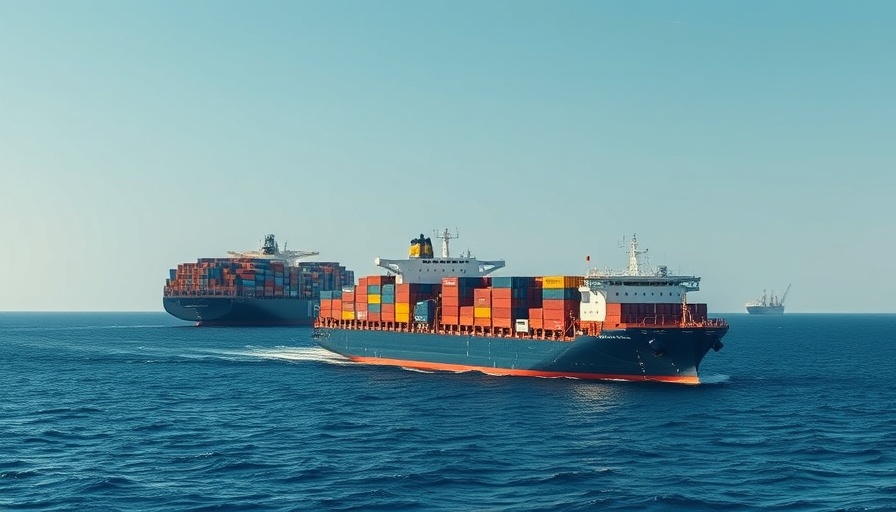
Geopolitical Tensions and Economic Growth Forecasts
As we navigate through February 2025, the global economic landscape remains clouded by rising geopolitical tensions, particularly in Europe and Asia. The latest projections from the Conference Board indicate a modest growth for developed markets. The eurozone's GDP is set to rise by just 0.9% in 2025, while the UK forecasts a slowdown in growth rate to around 0.4% in the first quarter of the year, reflecting hesitance driven by ongoing trade tensions.
Consumer Confidence: A Global Snapshot
Consumer confidence is a crucial indicator of economic health, and recent figures show a dip across major economies. The US consumer confidence index fell from 109.5 in December to 104.1 in January 2025, highlighting growing concerns over inflation. Similarly, Brazil's index plummeted, demonstrating that elevated borrowing costs are affecting not just wallets, but also sentiment. In stark contrast, China reported a robust increase in consumer-related sales during the New Year holiday, suggesting that regions can exhibit vastly different economic reactions based on local factors.
The Inflation Dilemma: Rising Costs and Spending Patterns
Inflation continues to dictate the narrative in many markets. US inflation expectations are now at their highest in nearly two years, with the consumer price index seeing an annual rise to 3.0%. Despite these pressures, consumer spending has remained resilient, highlighted by a $723.9 billion retail sales figure from January 2025, aided by holiday shopping. This duality of rising prices alongside sustained consumer spending raises complex questions for economists and decision-makers alike.
Commodities and Market Reactions
The commodities market reflects these tensions, with prices of industrial metals increasing due to higher tariffs, while the FAO Food Price Index has seen a decline, thanks to better-than-expected global supply conditions. Notably, gold prices surged amid renewed inflation fears; however, Bitcoin has faced a downturn due to regulatory uncertainty, reminding investors of the volatile nature of emerging assets.
Regional Disparities in Economic Trends
The expected GDP growth rates highlight stark disparities across regions; while India's fiscal prospects look robust, projected between 6.3 and 6.8% growth for fiscal year 2026, developed nations struggle with lower growth forecasts. This difference emphasizes the importance of understanding local contexts before making strategic business decisions, as emerging markets continue to show resilience against developed economies' stagnation.
Actionable Insights for Executives
For executives and decision-makers, leveraging these economic indicators is essential for strategic planning. A focus on agility in operations, understanding consumer sentiment, and adjusting pricing strategies in response to inflation can help mitigate risks and harness opportunities in this tumultuous landscape. Regularly revisiting forecasts and keeping abreast of global trends will enable organizations to adapt and thrive amidst changing economic realities.
 Add Row
Add Row  Add
Add 




Write A Comment